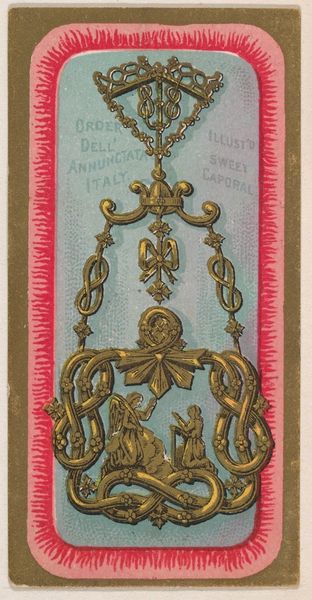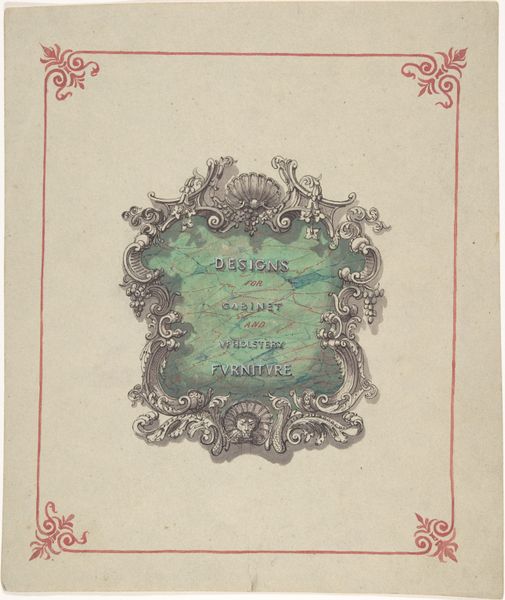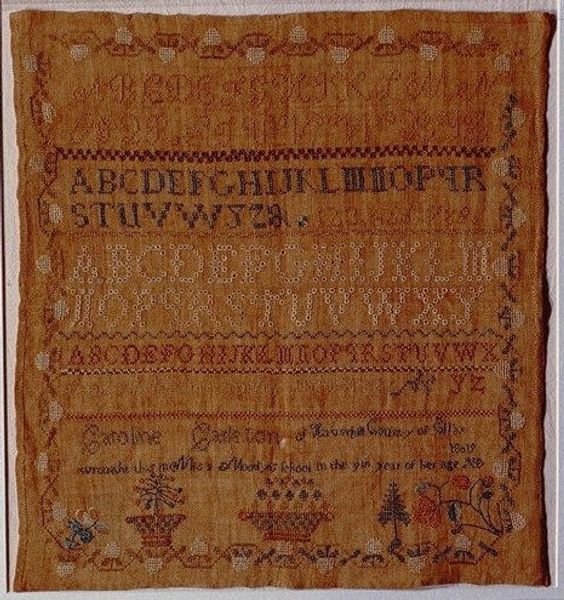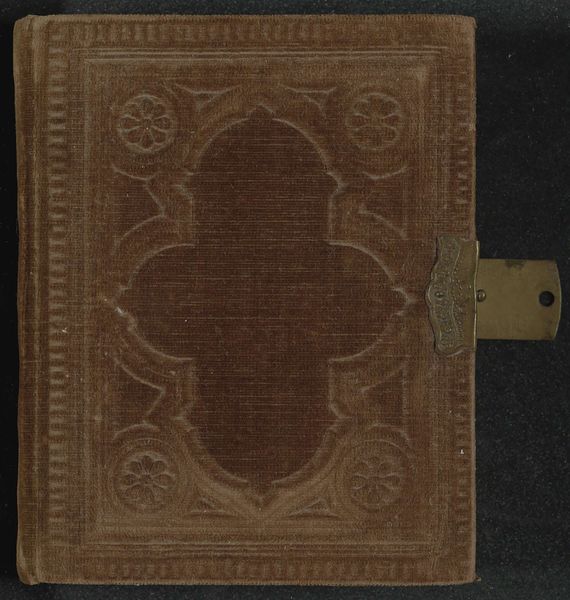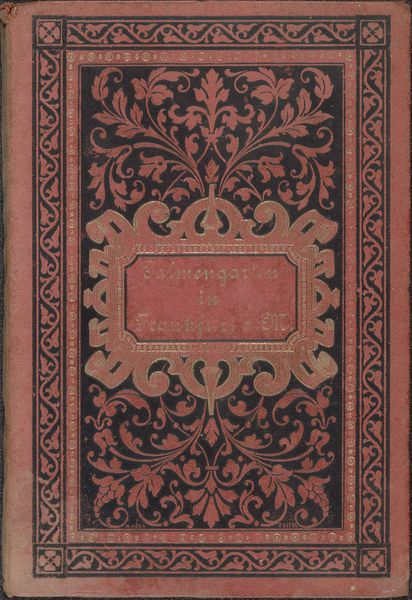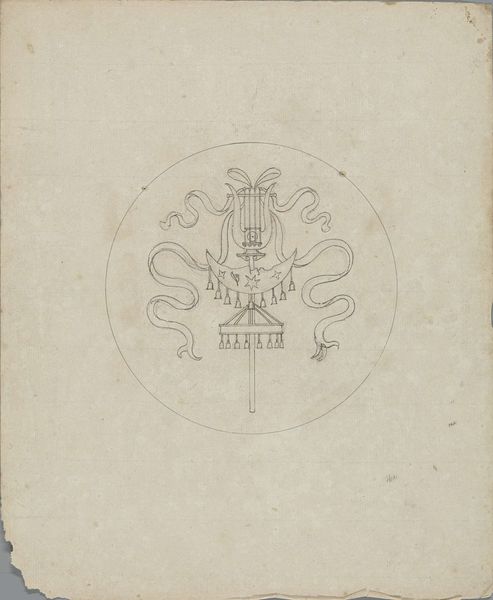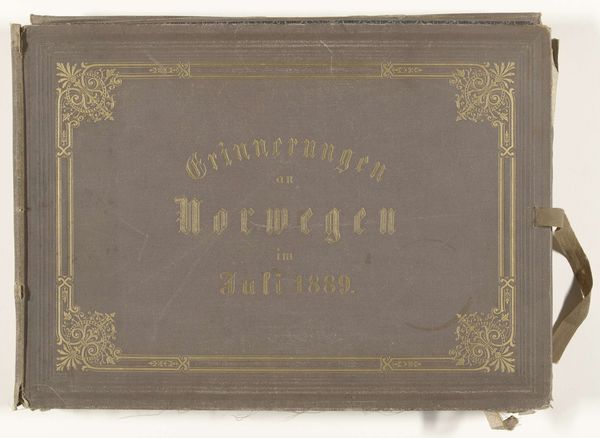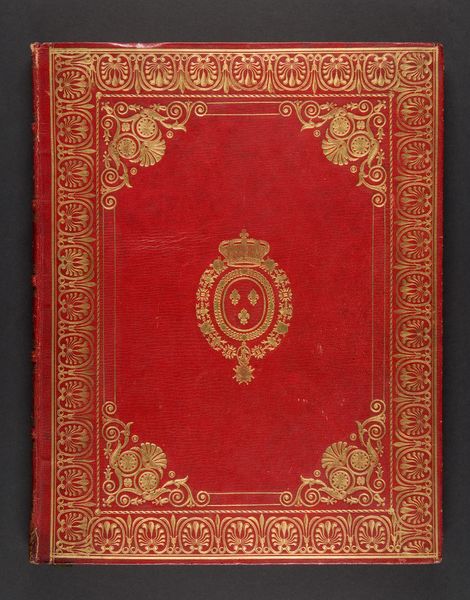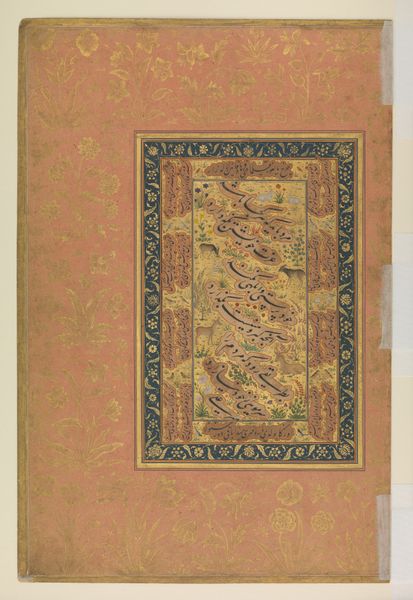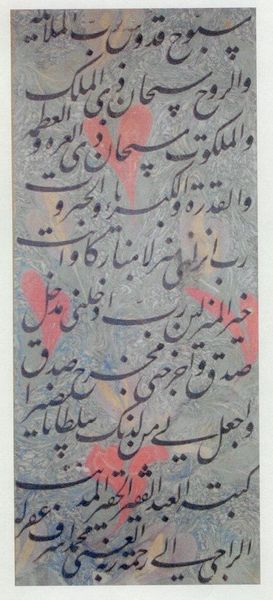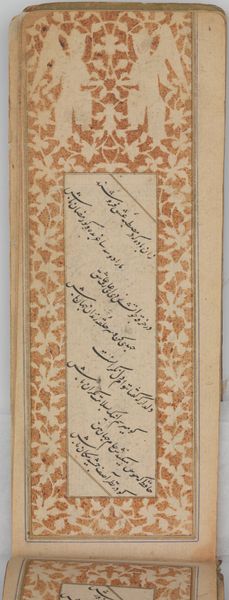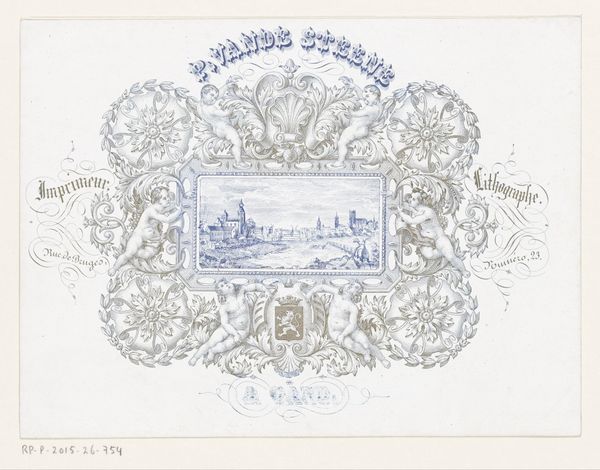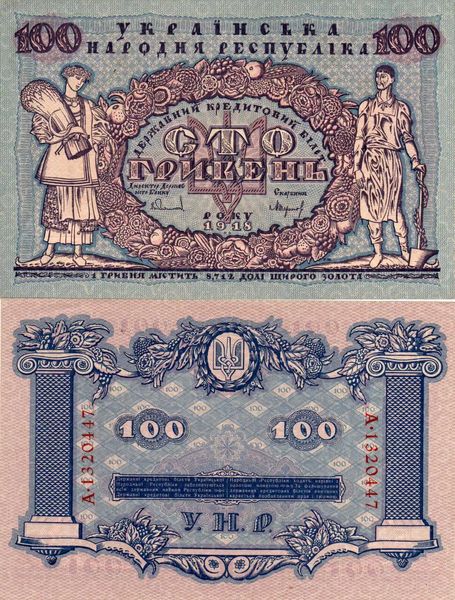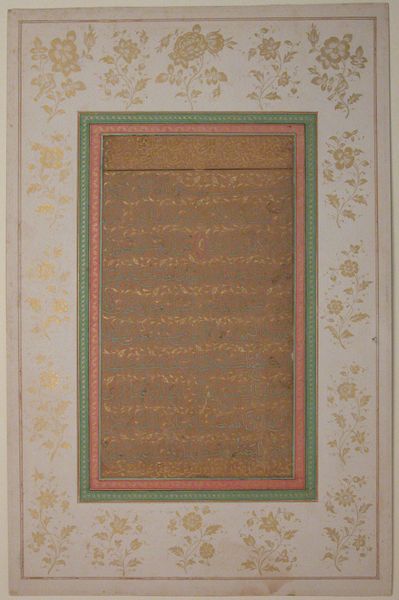
graphic-art, typography, poster
#
graphic-art
#
geometric pattern
#
typography
#
geometric
#
islamic-art
#
decorative-art
#
poster
Dimensions: height 157 mm, width 204 mm, thickness 20 mm, height 120 mm, width 1752 mm
Copyright: Rijks Museum: Open Domain
Editor: So this is "Panorama van Istanbul, de Bosporus en de Gouden Hoorn," made after 1890 by Sébah & Joaillier. It’s… very decorative, in a way that feels like it's trying to sell me something. What do you see in this piece? Curator: Beyond its aesthetic appeal, let's consider this "souvenir" as a visual document embedded in its time. This poster serves as an interesting historical intersection between Ottoman identity and Western consumerism. What does the Ottoman imagery, paired with French text, tell you about the intended audience and the broader power dynamics at play? Editor: I guess it's made for tourists, probably Europeans, visiting Istanbul. They want something exotic to take home, but it's packaged in a language they understand. It feels like cultural appropriation now, but was it then? Curator: Precisely. This is where the intersectional lens becomes crucial. It prompts us to consider whose narratives are being centered and at whose expense? The commodification of Istanbul’s image flattens the complexities of its history and reduces it to a consumable object. How might this souvenir contribute to Orientalist perceptions? Editor: So, it’s not just a pretty picture; it’s part of a bigger system of unequal exchange. It makes you wonder about the ethics of tourism even back then. Curator: Exactly. This piece offers an invitation to interrogate the historical roots of contemporary issues of cultural appropriation and representation in a globalized world. What steps can be taken today to decolonize the gaze of tourism and promote equitable cultural exchange? Editor: I see this poster in a completely different light now! It’s not just decoration; it’s a political statement, or at least, it can be read as one. Thanks for opening my eyes to the deeper meaning. Curator: My pleasure. Examining art through this lens encourages critical engagement with history, and reminds us that even seemingly innocuous objects can reveal much about power, identity, and representation.
Comments
No comments
Be the first to comment and join the conversation on the ultimate creative platform.
